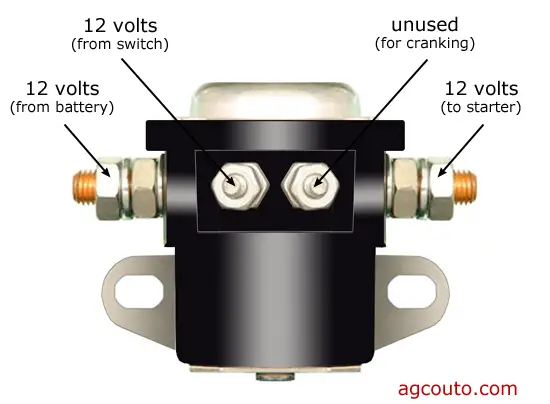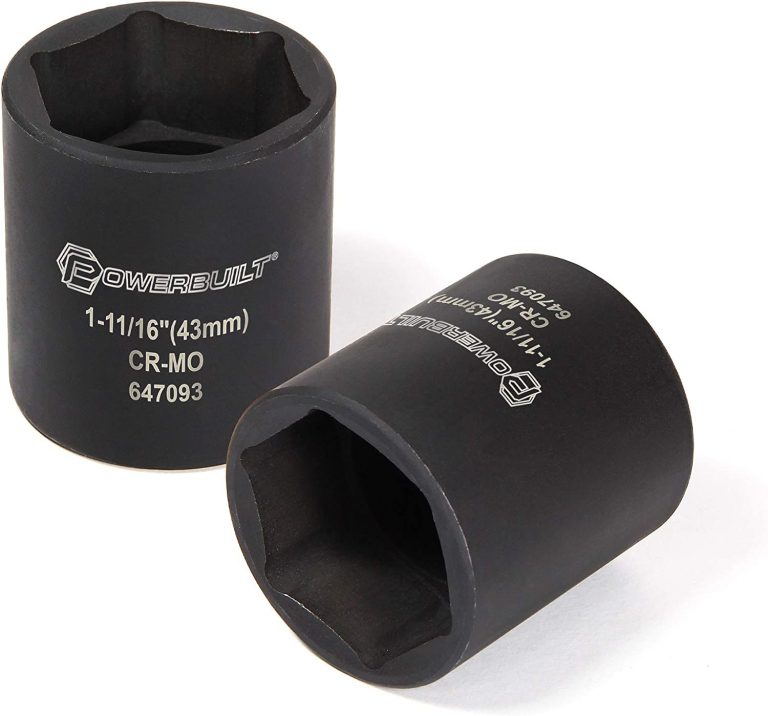2020 Ram 1500 Jack Points: Your DIY Lifting Guide
Looking to find out where to safely jack up your 2020 Ram 1500? You’ve come to the right place. In this guide, we’ll cover:
- Front and rear jacking points and how to locate them
- Step-by-step instructions for jacking up your truck
- Essential safety tips to follow
- How to identify and replace damaged or missing jacking points
Stay tuned to make your next DIY maintenance task a breeze.
Front Jacking Points on a 2020 Ram 1500 Truck
Knowing where and how to safely lift your 2020 Ram 1500 can save you time and avoid costly mistakes. This part focuses on the front jacking points.
Location of the Front Jacking Points
The front jacking points are located on the frame rails. These are robust structures running along the underside of your truck. They are designed to handle heavy loads and stress, making them ideal for lifting your vehicle.
How to Jack Up the Front of a 2020 Ram 1500 Truck
Simple Steps to Safely Elevate Your Vehicle
Lifting your truck might seem intimidating, but with the right steps, it’s straightforward. Below are concise instructions to lift the front of your 2020 Ram 1500 truck.
- Position the Jack: Slide the jack under the front jacking point on the frame rail.
- Check Alignment: Ensure the jack head aligns well with the jacking point.
- Initial Lift: Start lifting until the front wheels are slightly off the ground.
- Place Jack Stands: Insert jack stands just in front of the front wheels, under the frame rails.
- Final Lowering: Slowly lower the jack so that the truck’s weight rests on the jack stands.
Tools and Specifications
| Tool/Specification | Purpose |
|---|---|
| Hydraulic Jack | Lifting the truck |
| Jack Stands | Supporting the lifted truck |
| Gloves | Personal protection |
| Owner’s Manual | Specifications and guides |
Key Points
- Always double-check the jack and jack stand placement.
- Never work under the truck unless it is securely resting on jack stands.
- Consult your owner’s manual for any specific instructions or torque settings.
Rear Jacking Points on a 2020 Ram 1500 Truck
Understanding the rear jacking points is just as crucial as knowing the front ones, especially for comprehensive vehicle maintenance or installing modifications. Let’s dive into the specifics.
Location of the Rear Jacking Points
Axle Housing: The Rear Foundation
The axle housing is more than just a component; it’s the foundation that supports the rear part of your truck. The rear jacking points are strategically located on this housing, ensuring that you can safely lift the rear of your vehicle without causing damage or instability.
How to Jack Up the Rear of a 2020 Ram 1500 Truck
Step-by-Step to Rear Elevation
Raising the rear of your truck can be accomplished with ease if you know what to do. Below are the steps to lift the rear part of your 2020 Ram 1500.
- Position the Jack: Align the jack under the rear jacking point located on the axle housing.
- Ensure Proper Seating: Confirm the jack is snugly aligned with the jacking point.
- Preliminary Lift: Pump the jack handle to lift the rear wheels slightly off the ground.
- Insert Jack Stands: Position the jack stands under the axle housing, close to the rear wheels.
- Safe Lowering: Gently lower the jack until the rear of the truck is securely supported by the jack stands.
Rear Jacking Tools and Specifications
| Tool/Specification | Purpose |
|---|---|
| Hydraulic Jack | Lifting the rear of the truck |
| Jack Stands | Providing stable support |
| Protective Gloves | Safety |
| Owner’s Manual | Detailed specifications |
Key Points
- Double-check the placement of the jack and jack stands.
- Avoid getting under the truck unless it’s supported by jack stands.
- Refer to your owner’s manual for torque settings or special instructions.
Safety Tips for Jacking Up a 2020 Ram 1500 Truck
Safety is paramount when working on any vehicle, especially when you’re lifting thousands of pounds off the ground. Here, we focus on critical safety measures to observe while jacking up your 2020 Ram 1500 truck.
Importance of Using Jack Stands
More Than Just a Backup
While jacks are great for lifting, they’re not designed to hold a vehicle for extended periods. Jack stands serve as a sturdy, fail-safe support. Always use jack stands to ensure your truck stays elevated safely.
Importance of a Level Surface
The Base Matters
The surface you’re working on can either facilitate or compromise the jacking process. Make sure to place your jack on a flat, stable surface to prevent any tilting or wobbling that could lead to a dangerous situation.
Ensuring Proper Seating of the Jack Under the Jacking Point
Alignment is Key
Before you start pumping that jack handle, double-check its alignment with the jacking point. A misaligned jack can slip, causing the vehicle to drop unexpectedly. Always ensure the jack is properly seated.
Dangers of Getting Under a Vehicle Supported Only by a Jack
A Risk Not Worth Taking
Jacks can fail, and if you’re underneath, the consequences can be severe. Never crawl under your vehicle unless it’s securely supported by jack stands.
Awareness and Distraction Avoidance
Full Attention Required
Jacking up a truck is a task that demands your undivided attention. Keep your workspace clear of distractions like loud music or wandering pets to maintain your focus.
Quick Safety Checklist
| Safety Measure | Why It’s Important |
|---|---|
| Using Jack Stands | Provides stable, long-term support |
| Level Surface | Prevents jack from tilting |
| Proper Jack Seating | Ensures safe and effective lifting |
| No Going Under Without Jack Stands | Prevents risk of bodily harm |
| Distraction-Free Zone | Maintains focus and awareness |
By paying attention to these safety tips, you significantly reduce the risk of accidents or injuries while jacking up your 2020 Ram 1500 truck. Always prioritize safety to ensure a successful and stress-free experience.
How to Identify Damaged or Missing Jacking Points
A safe lift starts with sound jacking points. Damaged or missing jacking points can result in catastrophic failure. Here, we look at how to identify potential issues before they become major problems.
Checking for Rust and Corrosion
Rust: The Silent Enemy
Rust and corrosion can seriously weaken the metal, making it unreliable for lifting. Before using any jacking points, inspect them for signs of rust or corrosion. If you find any, it’s time to take action.
Identifying Cracks or Dents
Small Signs, Big Problems
Cracks and dents may seem minor, but they can significantly weaken the structural integrity of your jacking points. A thorough visual inspection can help spot these issues early on.
Observing for Bent or Twisted Jacking Points
When Straight Isn’t Straight
A bent or twisted jacking point is a clear sign that something went wrong in the past. Such deformities can lead to uneven lifting and are a serious safety concern.
Importance of Immediate Replacement
Don’t Delay, Act Today
Any of the issues mentioned above warrant immediate attention. Using compromised jacking points can result in severe injury or even loss of life. Replace damaged or missing jacking points as soon as they are identified.
Signs of Compromised Jacking Points
| Sign | Risk |
|---|---|
| Rust and Corrosion | Metal weakening |
| Cracks or Dents | Structural compromise |
| Bent or Twisted Jacking Points | Uneven lifting, potential failure |
By regularly inspecting your jacking points for these signs of wear or damage, you can ensure that you’re taking the safest approach to lifting and maintaining your 2020 Ram 1500 truck. Always prioritize your safety by addressing these issues promptly.
How to Replace Damaged or Missing Jacking Points
Damaged or missing jacking points are more than just an inconvenience; they’re a safety risk. Here’s a comprehensive guide on how to replace them efficiently and safely.
Step 1: Identify the Damaged or Missing Jacking Points
Owner’s Manual: Your First Go-To
Before diving into any repair or replacement, consult your vehicle’s owner manual. It contains essential details about the type and specifications of the jacking points suited for your 2020 Ram 1500.
Step 2: Purchase Replacement Jacking Points
Quality Over Cost
When it comes to safety, never compromise. Purchase high-quality replacement jacking points that meet or exceed the manufacturer’s specifications. Always verify compatibility with your specific truck model.
Step 3: Remove the Damaged or Missing Jacking Points
Tools Make the Man
To remove the compromised jacking points, you’ll generally need a wrench or socket set. Make sure to have all tools at hand to streamline the process.
Step 4: Install the Replacement Jacking Points
Precision Matters
When installing the new jacking points, pay close attention to torque specifications, usually found in your owner’s manual. Over-tightening or under-tightening can lead to problems later.
Step 5: Test the Replacement Jacking Points
The Final Step: Verification
Once installed, it’s crucial to test the new jacking points. Perform a controlled lift using your jack and jack stands to ensure everything is securely in place.
Replacement Essentials
| Step | Essentials |
|---|---|
| Identification | Owner’s Manual |
| Purchase | Quality Jacking Points |
| Removal | Wrench or Socket Set |
| Installation | Torque Wrench |
| Testing | Hydraulic Jack and Jack Stands |
Replacing damaged or missing jacking points might sound challenging, but with the right information and tools, it becomes a manageable task. Always opt for quality replacements and follow manufacturer guidelines to ensure safe and effective lifting for the long term.
Safety Tips (Specific to Replacement)
When it comes to replacing damaged or missing jacking points, additional safety measures are warranted. These aren’t just best practices; they’re necessities.
Wearing Safety Glasses
Protect Your Peepers
Eyes are vulnerable, especially when you’re dealing with metal parts that could produce shrapnel or dust. Wearing safety glasses helps to protect your eyes from any flying debris or unexpected sparks.
Importance of Using Jack Stands During the Replacement
Double Support, Double Safety
Even during the replacement process, never rely solely on a hydraulic jack to support your truck. Always use jack stands to provide an extra layer of safety. They act as a backup, should the hydraulic jack fail or shift.
Maximum Weight Capacity of the Jack
Know the Limits
Every jack has a maximum weight capacity, often displayed on the unit itself or in the user manual. Make sure that your jack’s capacity exceeds the weight of the part of the truck you are lifting. Overloading the jack is a recipe for disaster.
Safety Gear and Precautions
| Safety Gear/Precaution | Why It’s Crucial |
|---|---|
| Safety Glasses | Eye protection |
| Jack Stands | Additional support and safety |
| Weight Capacity Info | Prevents overloading the jack |
Focusing on these specific safety tips can make the difference between a smooth, problem-free replacement and a dangerous situation. Always prioritize safety, even if it adds a few extra minutes to the task.
Conclusion
So there you have it—a complete guide to the ins and outs of jacking points for your 2020 Ram 1500. From locating them to replacing damaged ones, and nailing down those all-important safety tips, we’ve covered it all. Remember, a safe lift starts with the right knowledge. Happy trucking!





